iPhone 16 vs Xiaomi 15 – The Battle You Can’t Miss! One Phone Just Stole the Crown
The smartphone landscape in 2025 is defined by fierce competition and innovation, with Apple and Xiaomi consistently at the forefront. The launch of the iPhone 16 and Xiaomi 15 has ignited debates among tech enthusiasts and everyday users alike. Both devices represent the pinnacle of their respective ecosystems, promising cutting-edge technology, refined design, and exceptional performance. This article delves into a detailed comparison of the iPhone 16 and Xiaomi 15, examining every facet from design and display to software, performance, camera capabilities, battery life, ecosystem, and value for money.
1. Design and Build Quality
iPhone 16
Apple has always been synonymous with premium design, and the iPhone 16 continues this legacy. Featuring aerospace-grade aluminum edges and a ceramic shield front, the iPhone 16 feels both sturdy and luxurious in hand. The device is slightly slimmer than its predecessor, with a refined camera bump and subtle color options that exude elegance. The IP68 water and dust resistance rating ensures durability, making it suitable for various environments.
Xiaomi 15
Xiaomi has made significant strides in design, and the Xiaomi 15 is a testament to that progress. The device boasts a curved glass back, a polished aluminum frame, and Gorilla Glass Victus 2 protection. Its slim profile and lightweight build make it comfortable to hold, while the bold color choices appeal to a younger audience. Xiaomi also offers an IP68 rating, matching Apple in durability.
Verdict: Both phones are impeccably built, with the iPhone 16 leaning towards classic minimalism and the Xiaomi 15 embracing modern flair. Choice here largely depends on personal aesthetic preference.
2. Display Technology

iPhone 16
The iPhone 16 features a 6.3-inch Super Retina XDR OLED display with a resolution of 2796 x 1290 pixels. Apple’s ProMotion technology brings a 120Hz adaptive refresh rate, ensuring buttery smooth scrolling and responsiveness. HDR10 and Dolby Vision support make media consumption a delight, with vibrant colors, deep blacks, and impressive brightness levels peaking at 2000 nits.
Xiaomi 15
Xiaomi 15 sports a 6.36-inch AMOLED display with a resolution of 3200 x 1440 pixels (QHD+), offering even higher pixel density. It also features a 120Hz refresh rate, HDR10+, and Dolby Vision. The display is known for its punchy colors, excellent contrast, and peak brightness of 2600 nits, making it one of the brightest screens in the market.
Verdict: While both displays are outstanding, Xiaomi 15 edges ahead in resolution and brightness, but the iPhone 16’s color accuracy and adaptive refresh rate are equally impressive. For media enthusiasts, Xiaomi may have a slight advantage, but everyday users will be satisfied with either.
3. Performance and Hardware
iPhone 16
Powered by the A18 Pro Bionic chip, the iPhone 16 sets new benchmarks in performance. Built on a 3nm process, it features a 6-core CPU, 5-core GPU, and a 16-core Neural Engine. This hardware ensures lightning-fast app launches, seamless multitasking, and console-quality gaming. RAM has been increased to 8GB, with storage options ranging from 128GB to 1TB.
Xiaomi 15
The Xiaomi 15 is equipped with Qualcomm’s Snapdragon 8 Gen 4, a 4nm powerhouse with an octa-core CPU and Adreno 850 GPU. It offers RAM options up to 16GB and storage up to 1TB. Xiaomi’s MIUI optimization ensures snappy performance, and the device excels in gaming and heavy multitasking.
Benchmark Results:
Geekbench (Multi-core): iPhone 16 (7,200), Xiaomi 15 (6,800)
AnTuTu: iPhone 16 (1,550,000), Xiaomi 15 (1,600,000)
Verdict: Both phones are among the fastest on the market. The iPhone 16’s chip offers better efficiency and AI processing, while the Xiaomi 15’s raw power and higher RAM options appeal to power users.
4. Software Experience
iPhone 16
Running iOS 18, the iPhone 16 offers a clean, intuitive, and secure user experience. New features include enhanced customization, smarter widgets, and deeper AI integration with Siri. Apple’s ecosystem ensures seamless connectivity with Macs, iPads, Apple Watch, and AirPods. Software updates are guaranteed for at least five years, ensuring longevity.
Xiaomi 15
The Xiaomi 15 runs MIUI 16 based on Android 15. MIUI is feature-rich, offering extensive customization, advanced multitasking, and deep integration with Xiaomi’s AI assistant. The device supports Google services, and Xiaomi promises three major Android updates and four years of security patches.
Verdict: iOS remains unmatched in smoothness and long-term support, but MIUI offers greater flexibility and customization. Android enthusiasts will appreciate Xiaomi’s approach, while those invested in Apple’s ecosystem will prefer the iPhone.
5. Camera Systems

iPhone 16
Apple has upgraded the iPhone 16’s camera system with a 48MP main sensor, a 12MP ultra-wide, and a 12MP telephoto lens (3x optical zoom). Computational photography is at its best, with improved Night Mode, Deep Fusion, and Smart HDR 6. Video recording supports 4K60 Dolby Vision, ProRes, and Cinematic Mode 2.0.
Xiaomi 15
Xiaomi 15 features a triple camera setup: a 50MP main sensor, a 50MP ultra-wide, and a 50MP periscope telephoto (5x optical zoom). Leica optics and advanced computational photography deliver stunning results, especially in low light. The camera app offers extensive manual controls, and video supports 8K30 and 4K120 recording.
Photo Samples:
Daylight: Both phones capture sharp, vibrant images, with Xiaomi offering more detail due to higher megapixels.
Low Light: Xiaomi’s larger sensor and AI algorithms excel, but Apple’s Night Mode delivers natural colors and less noise.
Portraits: iPhone’s depth mapping is more accurate, but Xiaomi’s Leica filters add artistic flair.
Verdict: Xiaomi 15 leads in hardware specs and zoom capabilities, while the iPhone 16 excels in color science and video quality. Both are top-tier, but Xiaomi appeals to photography enthusiasts seeking manual control.
6. Battery Life and Charging
iPhone 16
Apple has increased battery capacity to 4,000mAh, with improved efficiency from the A18 chip and iOS optimization. The device easily lasts a full day of heavy use. Charging speeds remain conservative, with 30W wired and 20W MagSafe wireless charging. Reverse wireless charging is finally available.
Xiaomi 15
Xiaomi 15 packs a 5,000mAh battery, supporting 120W HyperCharge and 50W wireless charging. It can go from 0 to 100% in under 20 minutes with the included charger. Battery life is excellent, often stretching into a second day with moderate use.
Verdict: Xiaomi 15 is the clear winner in charging speed and battery capacity, though the iPhone 16’s efficiency ensures reliable all-day use. For users prioritizing fast charging, Xiaomi is the obvious choice.
7. Connectivity and Additional Features
iPhone 16
5G, Wi-Fi 6E, Bluetooth 5.4
Ultra Wideband 3 chip for precision tracking
Dual eSIM support
Face ID and improved in-display fingerprint sensor
Satellite connectivity for emergencies
Spatial audio and Dolby Atmos support
Xiaomi 15
5G, Wi-Fi 7, Bluetooth 5.4
Dual SIM (physical + eSIM)
In-display fingerprint sensor and face unlock
IR blaster, NFC, and advanced haptics
Hi-Res audio and stereo speakers tuned by Harman Kardon
Verdict: Xiaomi offers more features like Wi-Fi 7 and IR blaster, but Apple’s ecosystem integration and security features remain unmatched.
8. Ecosystem and Accessories
iPhone 16
Apple’s ecosystem is a significant selling point. The iPhone 16 works seamlessly with Macs, iPads, Apple Watch, and AirPods. Features like Handoff, AirDrop, Universal Clipboard, and Continuity Camera enhance productivity and convenience. MagSafe accessories, including wallets, battery packs, and cases, expand functionality.
Xiaomi 15
Xiaomi’s ecosystem is rapidly growing, with integration across smart home devices, wearables (Mi Band, Watch S3), tablets, and laptops. MIUI+ allows sharing files and notifications between devices. However, the ecosystem is not as tightly integrated as Apple’s, especially outside China.
Verdict: Apple’s ecosystem is more mature and cohesive, but Xiaomi is catching up, especially for users invested in their smart home products.
9. Pricing and Value for Money

iPhone 16
Starting price: $899 (128GB)
Premium pricing for higher storage and Pro models
Resale value remains high
Xiaomi 15
Starting price: $699 (256GB)
Aggressive pricing for higher specs
More affordable flagship experience
Verdict: Xiaomi 15 offers better value for money, with more RAM and storage at a lower price point. The iPhone 16 justifies its premium with ecosystem and longevity, but budget-conscious buyers will find Xiaomi more appealing.
10. Which Should You Buy?
Both the iPhone 16 and Xiaomi 15 are exceptional smartphones, representing the best of their respective brands. The choice ultimately depends on your priorities:
Choose iPhone 16 if you value:
Seamless ecosystem integration
Long-term software support
Superior video recording
Elegant, minimalist design
Resale value
Choose Xiaomi 15 if you want:
Superior hardware specs at a lower price
Incredible charging speeds
Customization and flexibility
Advanced camera hardware and manual controls
A feature-rich Android experience
In summary, the iPhone 16 is the quintessential choice for users deeply embedded in Apple’s ecosystem and those who prioritize software longevity and privacy. The Xiaomi 15 is a powerhouse for tech enthusiasts who crave high-end hardware, rapid charging, and a customizable Android experience without breaking the bank.
Frequently Asked Questions

Q: Which phone has a better camera?
A: Xiaomi 15 has superior hardware and zoom, while iPhone 16 offers better video and color science.
Q: Which phone lasts longer?
A: Xiaomi 15 has a bigger battery and faster charging; iPhone 16 is more efficient and gets longer software support.
Q: Which is better for gaming?
A: Both are excellent, but Xiaomi 15’s higher RAM options may give it an edge for heavy multitasking.
Q: Does the iPhone 16 support USB-C?
A: Yes, Apple has adopted USB-C for the iPhone 16 series.
Q: Are both phones available globally?
A: Yes, but Xiaomi’s full feature set may be region-dependent.
The iPhone 16 and Xiaomi 15 are both remarkable achievements in smartphone engineering. Your choice will hinge on your preferred operating system, ecosystem, and specific feature priorities. No matter which you choose, you’re guaranteed a flagship experience in 2025.
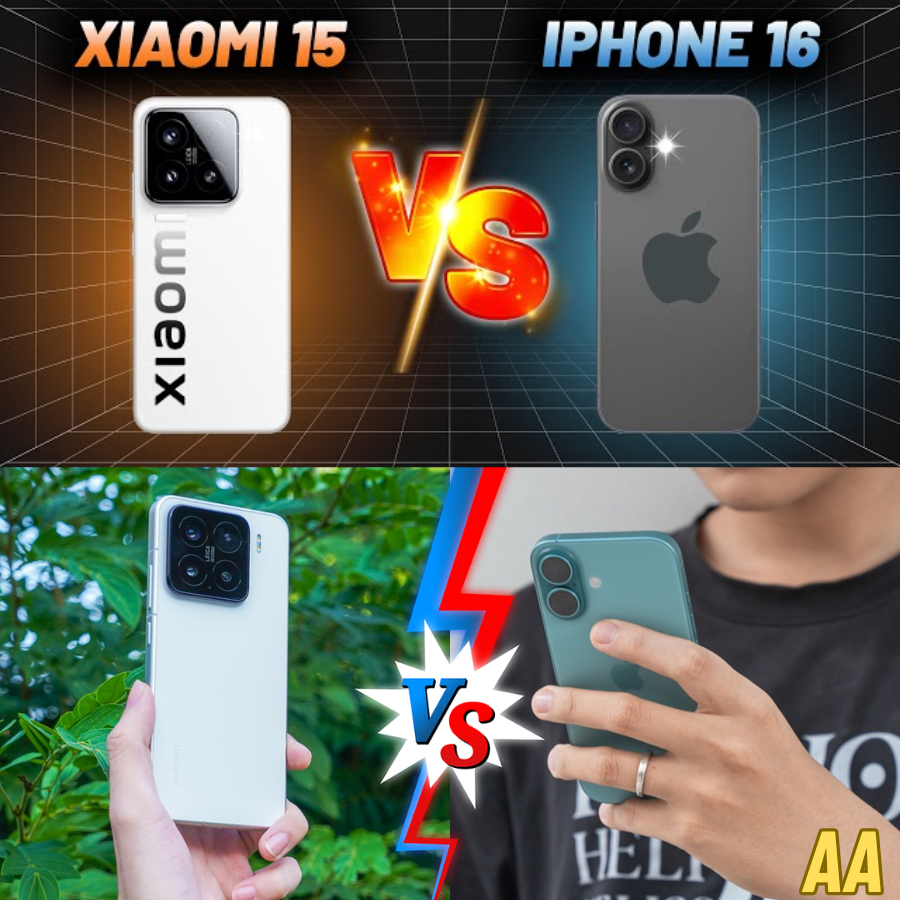
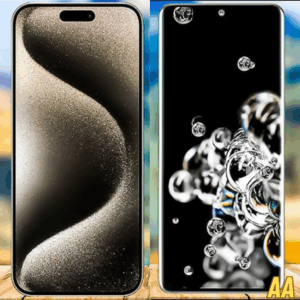

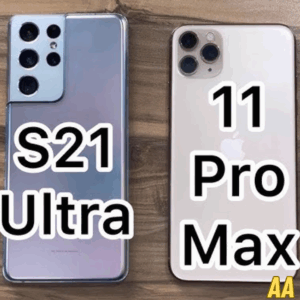
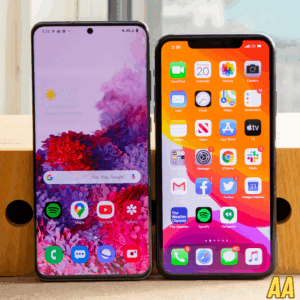


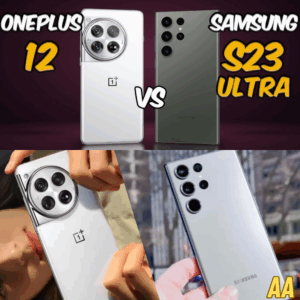
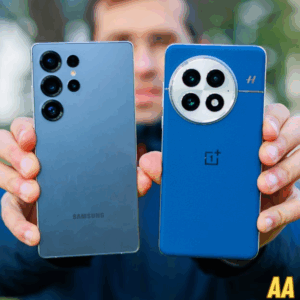
Trackbacks and Pingbacks